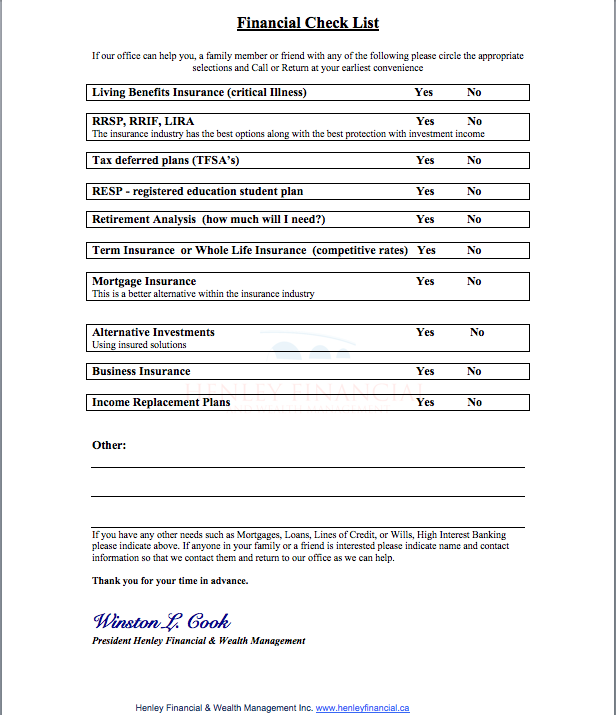Keep Calm and Carry On: is a popular slogan calling for persistence in the face of challenge. It was first used on a British propaganda poster during World War II but now enjoys general currency as an expression of resilience. It seems fitting at this time for the Stock Market
As of October 30, 2023, there is no specific information available on what is happening in the stock market today. However, it’s important to note that market volatility is due to a variety of factors, which is subject to fluctuations, including economic conditions, geopolitical events, and investor sentiment. Interest rates have been rising, which can have an impact on the stock market. Historically, specific sectors of the economy tend to perform well in a rising interest rate environment. For example, financial institutions can charge higher rates on loans, which can mean billions of dollars in interest income. The market has been recently been reacting to treasury yields and inflation which have moved sharply higher putting downward pressure on stock and bond returns. Whereas parts of the market, including technology and the growth sectors, have underperformed till now in the stock market. Market corrections are not uncommon, and they have historically been followed by rebounds. Since 1974, the S&P 500 has risen an average of more than 8% one month after a market correction bottom and more than 24% one year later.
While market downturns can be unsettling and cause investors to panic, history has shown that the market has always eventually recovered from downturns and continued to climb to new highs in the long run. For example, after the Wall Street Crash of 1929, which was the most significant stock market crash in U.S. history, the market eventually rebounded and continued to climb to new highs in the following years. Similarly, after the COVID-19 Crash of 2020, the stock market rebounded to its pre-pandemic peak by May 2020. Although past performance is not indicative of future results, and market downturns are an inherent risk of investing. However, staying invested through volatile episodes and maintaining a long-term investment strategy can help investors benefit from a rebound.
Here is a list of the last 10 stock market downturns and how the following rebound prevailed:
- 2020 COVID-19 Crash: The Dow Jones and S&P 500 tumbled 11% and 12%, respectively, during the week of Feb. 24, marking the biggest weekly declines since the financial crisis of 2008. The Dow would go on to decline by 9.99% on March 12, followed by an even deeper plunge of 12.9% on March 16. However, unlike previous crashes whose recoveries required years, the stock market rebounded to its pre-pandemic peak by May 2020.
- 2018 Stock Market Correction: The Dow Jones Industrial Average and S&P 500 both fell by more than 10% from their all-time highs in January 2018. However, the market rebounded and continued to climb to new highs in the following years.
- 2015-2016 China Stock Market Crash: The Shanghai Composite Index fell by 32% from its peak in June 2015 to its low in January 2016. However, the Chinese government intervened and implemented measures to stabilize the market, and it eventually recovered.
- 2011 European Debt Crisis: The Dow Jones Industrial Average fell by 16% from its high in April 2011 to its low in October 2011. However, the market rebounded and continued to climb to new highs in the following years.
- 2008 Financial Crisis: The stock market fell dramatically in 2008 due to the subprime mortgage crisis and the failure of several large financial institutions. The Dow Jones Industrial Average fell by 33.8% in 2008, but it rebounded in the following years.
- 2002 Stock Market Downturn: Beginning in March of 2002, a downturn in stock prices was observed across the U.S., Canada, Asia, and Europe. Indices started steadily sliding downward, leading to dramatic declines in July and September, with the latter month experiencing values below those reached in the immediate aftermath of 9/11. However, the market eventually recovered.
- 1998 Russian Financial Crisis: The Dow Jones Industrial Average fell by 19% from its high in July 1998 to its low in October 1998. However, the market rebounded and continued to climb to new highs in the following years.
- 1997 Asian Financial Crisis: The Dow Jones Industrial Average fell by 7.2% in October 1997 due to the Asian financial crisis. However, the market rebounded and continued to climb to new highs in the following years.
- 1987 Black Monday: On October 19, 1987, the Dow Jones Industrial Average fell by 22.6%, the largest one-day percentage drop in history. However, the market rebounded and continued to climb to new highs in the following years.
- 1973-1974 Stock Market Crash: The Dow Jones Industrial Average fell by 45% from its high in January 1973 to its low in December 1974. However, the market eventually recovered and continued to climb to new highs in the following years.
It’s important to note that past performance is not indicative of future results, and market downturns are an inherent risk of investing. However, history has shown that the market has always eventually recovered from downturns and continued to climb to new highs in the long run.






 More articles on RRSPs
More articles on RRSPs




